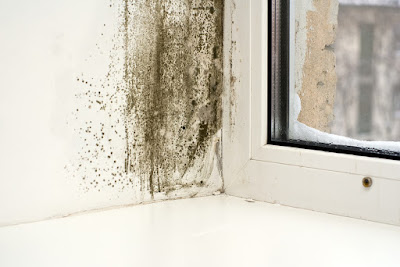The Toxic Black Mold Myth Debunked

Have you heard the term "toxic black mold"? Ooh...scary, right? Unfortunately, this is one of the most common myths revolving around mold. There's actually no scientific evidence to the term "toxic black mold." It's just a term made up by the media to exaggerate the reality of mold growth. (Not that it's good by any means.) The truth is, that while there is "black mold", 20,000 different species in fact, Stachybotrys, the “toxic black mold” of most concern, is not always toxic. Keep reading to learn more about this mold myth from Catalyst Mold Solutions . Toxic Black Mold Scientifically, there's no mold genera or species that is called "black mold" or "toxic black mold." As mentioned before, there are approximately 20,000 species of mold that are black in color. Stachybotrys, the species of "black mold" of most concern, is not always toxic. Most species of mold actually appear green, brown, orange, whit...




